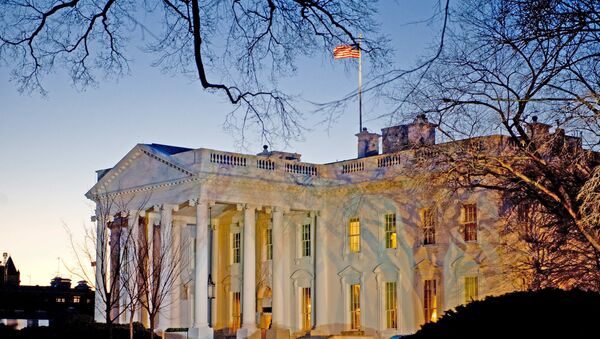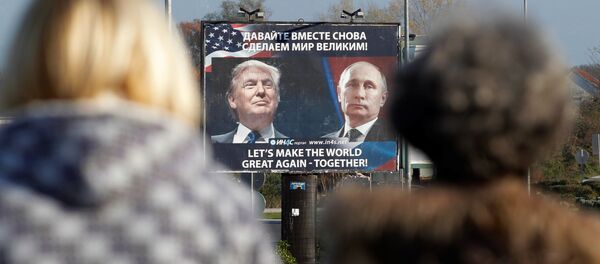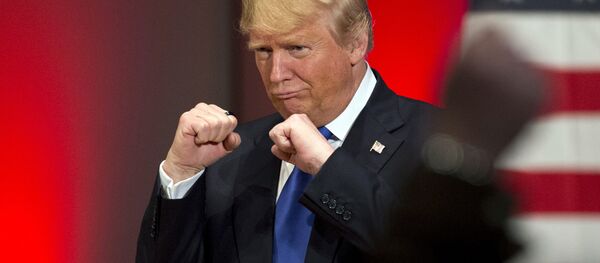MOSCOW (Sputnik) — Under the US Constitution, "No Person except a natural born Citizen" can be elected to the Office of President. Nor can any person under the age of 35 be eligible to that office, and 14 years a resident within the United States. Democratic and Republican presidential candidates are nominated at the party primaries or caucuses (conventions).
There are open caucuses and closed caucuses. There are also several types of primaries. Closed primaries are for voters who have declared that they belong to a political party and been registered as party members.
Open primaries are for all voters in a state regardless of their party affiliation, with one limitation: a voter may take part in primaries of just one political party.
Blanket primaries are run by both parties.
State legislations do not regulate the procedure for holding nomination caucuses. Primaries are organized by the state authorities and conducted within the timeframe set by the states on their own.
A series of primaries is followed by party conventions (congresses) that officially declare a party’s support for its presidential candidate.
Since the 1970s, the presidential candidates who would be eventually nominated by party congresses are known in advance because they manage to gain support of the majority of delegates even before the end of the season of primaries and caucuses. As a result, the party conventions are now mostly ceremonial affairs. Their main stages include a keynote address by one (or several) party leaders, official nomination of a vice-presidential co-runner, announcement of voting returns by the delegation of each state, and approval of the party platform (a document setting down the party’s position on the entire range of main problems). As a televised political event signaling the beginning of the general election campaign, the conventions help to popularize a party nominee’s stance and clearly outline its distinction from the rival’s.
In addition, all state legislations allow the registration of independent candidates. But there is a number of limitations. Specifically, a loser at primaries cannot be allowed to run as an independent. A single candidate cannot be nominated for more than one elected office. Formally, US President is elected by the College of Electors. Its composition and procedures of operation are determined by Article I of the US Constitution and the 12th Amendment thereto.
Electors are selected at party conventions in each state or they are chosen by state-level party leaders. Traditionally (but not always) electors are popular politicians or people from a presidential candidate’s inner circle. Thus, in the run-up to the Election Day, each state has two lists of electors, Democratic and Republican. With voting results on the table, the Governor signs the list of electors submitted by the party whose candidate won the state elections. These people are the ones who will elect the President. Some states enter electors’ names on ballots, others do otherwise.
The College of Electors meets on the first Monday after the second Wednesday of December following the presidential election (under the US Constitution, the election, in turn, is held on the first Tuesday after the first Monday of November in a skip year). The general meeting of electors is not convened. The electors vote in their respective states. As a rule, they support their party candidates. Deviations from this rule are quite infrequent.
The certificate of returns is submitted to the US Congress. To win the election, the candidates must win the majority of the electors’ votes (270). If the candidates fail in this, the Congress makes recourse to an extraordinary procedure envisaged by the 12th Amendment (approved in 1804). Under the amendment, the President is elected by the House of Representatives from three candidates with the highest number of votes.
Inauguration is the last stage of the presidential election. The President-Elect assumes office at noon on January 20 of the post-election year (the 20th Amendment to the Constitution).






